We’re delighted to say we’ve recently partnered with U.S. Masters Swimming to evolve our outreach in this aquatic community of ours. Many of you will already know this organisation, either by reputation, or because you already swim with them. For those who don’t, U.S.M.S. is a national non-profit that provides membership to almost 65,000 Masters swimmers across the country. 52 Local Masters Swimming Committees (LMSCs) support over 1,500 Masters clubs and workout groups, keeping those pool lanes churned with avid swimmers and a tribe of strong adult competitors.
It's exciting to be entering shared waters together and a great opportunity to celebrate this connection with our very own Journey To Open Water campaign.
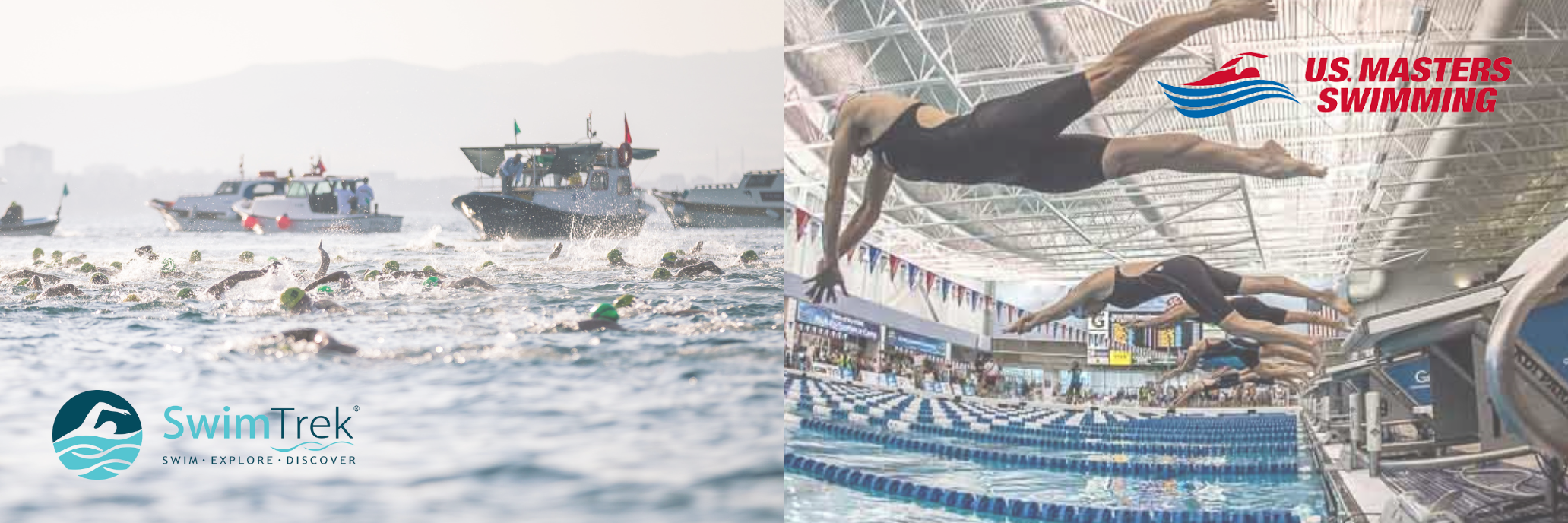
Over the coming weeks, we’ll be sharing blogs, videos, webinars and social posts tailored to anyone who's ready to transition beyond pool walls. So, seeking motivation for that moment when you first hit your local seas, lakes and rivers, we’ve turned to four inspiring endurance swimmers and chosen a few of our favourite quotes to get you ready for the great outdoors.
Let’s take a closer look at what these water-masters can teach us:
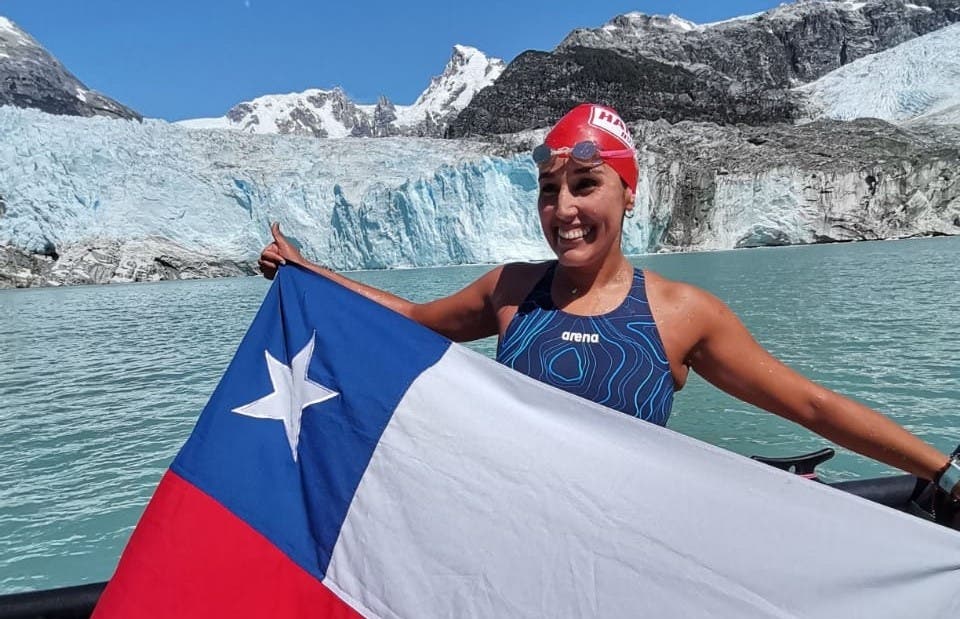
Barbara Hernandez
Multiple world record holder, Barbara Hernandez, was born in Santiago, Chile. Tough as swimmers come, she is no stranger to the unique sting of 0C waters (something she felt under the glaciers of Patagonia), or the welts drawn by the tentacles of a Portuguese man o’ war. In fact, Hernandez has earned global recognition as a specialist in lesser-known glacier swimming. A reputation most recently reinforced by her world first 2.5km swim in Antarctica.
This groundbreaking swim was supported by a Chilean naval ship just off Greenwich Island on the Antarctic Peninsula. Hernandez swam in 2.2C water for 45 minutes and 50 seconds (no wetsuit, boots, gloves, or grease). In order to prepare mentally, Hernandez needed to drill a strong ‘Why’ into every aspect of her training. A documentary crew were present to record her swim and her mission was to promote the vital work of the Antarctica2020 group – a collection of influential figures campaigning to protect the Southern Ocean and establish a network of large-scale marine protected areas.
In February 2022, Hernandez (sometimes referred to as the ‘Ice Mermaid’) also set the Guinness world record for swimming the fastest mile in the Drake Passage – one of the world’s roughest (and coldest) patches of water in southern Chile. The currents at this latitude flow unimpeded by any landmass. High winds and tossed waves have helped to cultivate a fierce reputation, since Antarctica drifted apart from South America. Yet Hernandez still dove regularly into those deep, black waters, where whales, dolphins and seabirds all exist in relatively large numbers as well. She also holds the record for the longest distance swum in Cape Horn, across a toe-curling 5.5 kilometre distance.
“Swimming in Antarctica has been a dream I’ve had for years,” said Hernandez in a recent press release, “Physically it has been incredibly tough, but all worth it if the message on the need for urgent action to protect these amazing waters reaches decision-makers.”
Presently, the Antarctica2020 group is working to protect almost 4 million square miles across the East Antarctic, Weddell Sea and Antarctic Peninsula.
In an interview with Champion’s Mojo, Hernandez reflected on the motivation she gains diving into seas more suited for big, blubber-armoured mammals:
“For me, these swims, in the cold water, in the long distances, in the most dangerous places, is my opportunity to talk about the importance of dreaming big and giving our hearts and actions to those dreams.”
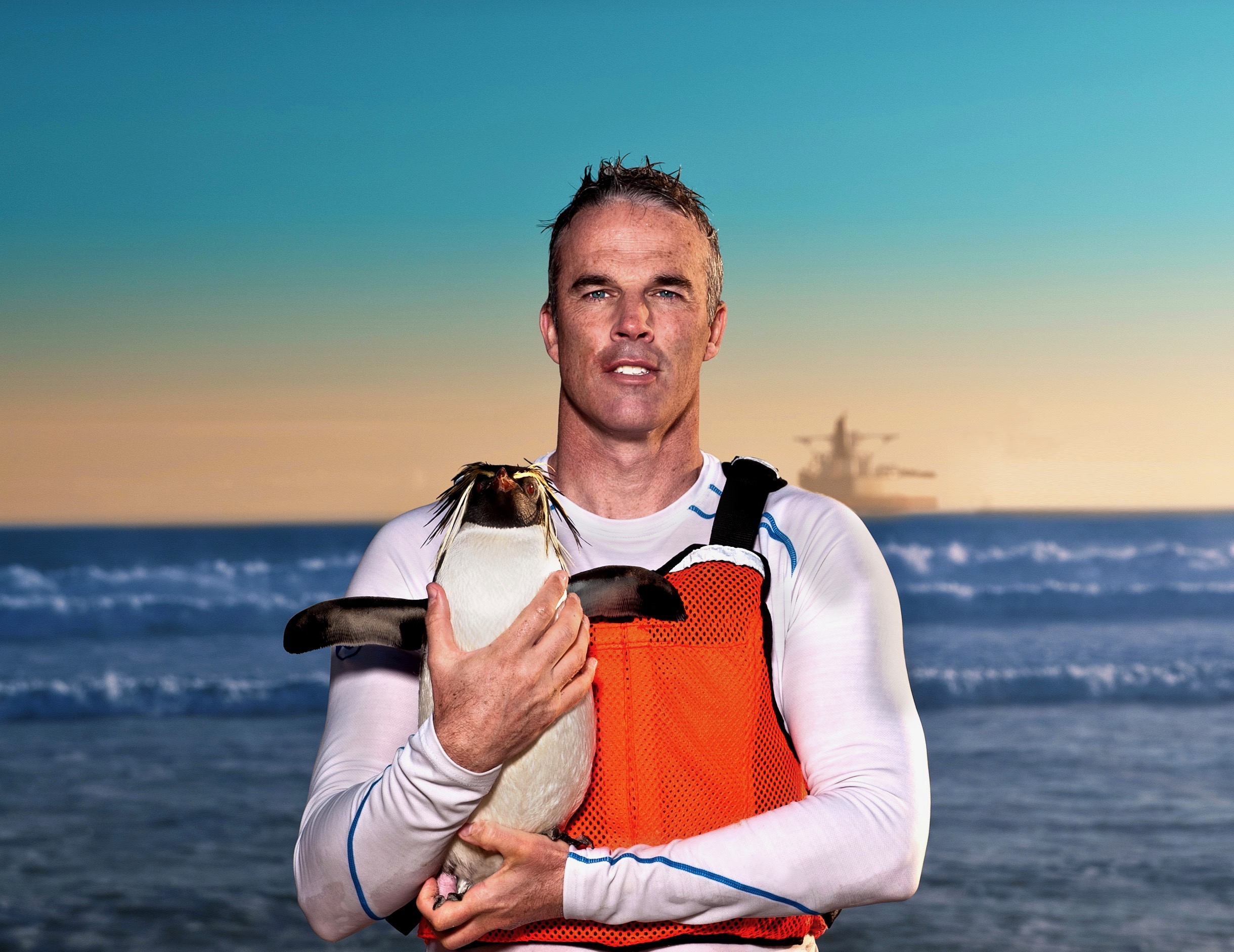
Lewis Pugh
We were thrilled to have Lewis Pugh along with us last year for our trip to the sunlit Greek Sporades! Pugh is a British-South African endurance swimmer more commonly spotted in the coldest waters on the planet. In fact, he was the first person to swim long distance in every ocean and often dives into the hunting grounds of leopard seals and polar bears, carving out swims where ice caps have melted, or split apart, in order to highlight the current climate catastrophe.
In doing so, Pugh has created his own brand of 'Speedo Diplomacy' and been instrumental in the creation of marine protected areas, convincing world leaders and politicians to show a little more courage against the prevailing pressures that be. Arguably, this is all started with Pugh's swim across the North Pole in 2007, where Arctic sea had disappeared so quickly there were ragged scars to swim across and through. He also dove into a glacial lake on Everest to remind us all of the retreating glaciers of the Himalayas. Then in 2018 he swam the English Channel lengthwise and was a big voice in the call to protect 30% of the world's oceans by 2030.
The journey has taken its toll on the swimmer, who still shows no signs of slowing up and seems to be no less determined to prove his mantra that 'ordinary doesn't change the world'. Recalling the Everest swim, in particular, Pugh confessed to having been changed by the experience: "I changed," he said, "I changed as a person, I honestly did. That mountain changed me, and I gave a speech about it for nine minutes."
'Ordinary doesn't change the world.'
Now, serving as the United Nations Patron of the Oceans, Pugh continues to give talks, write books, attend international conferences and travel the world with his endurance swims to emphasise the plight of our environment.
"I love swimming," says Lewis, "Swimming's my passion and I hope I swim until the last day of my life, so I really, really do enjoy swimming, but swimming for me is simply a way of carrying a message."
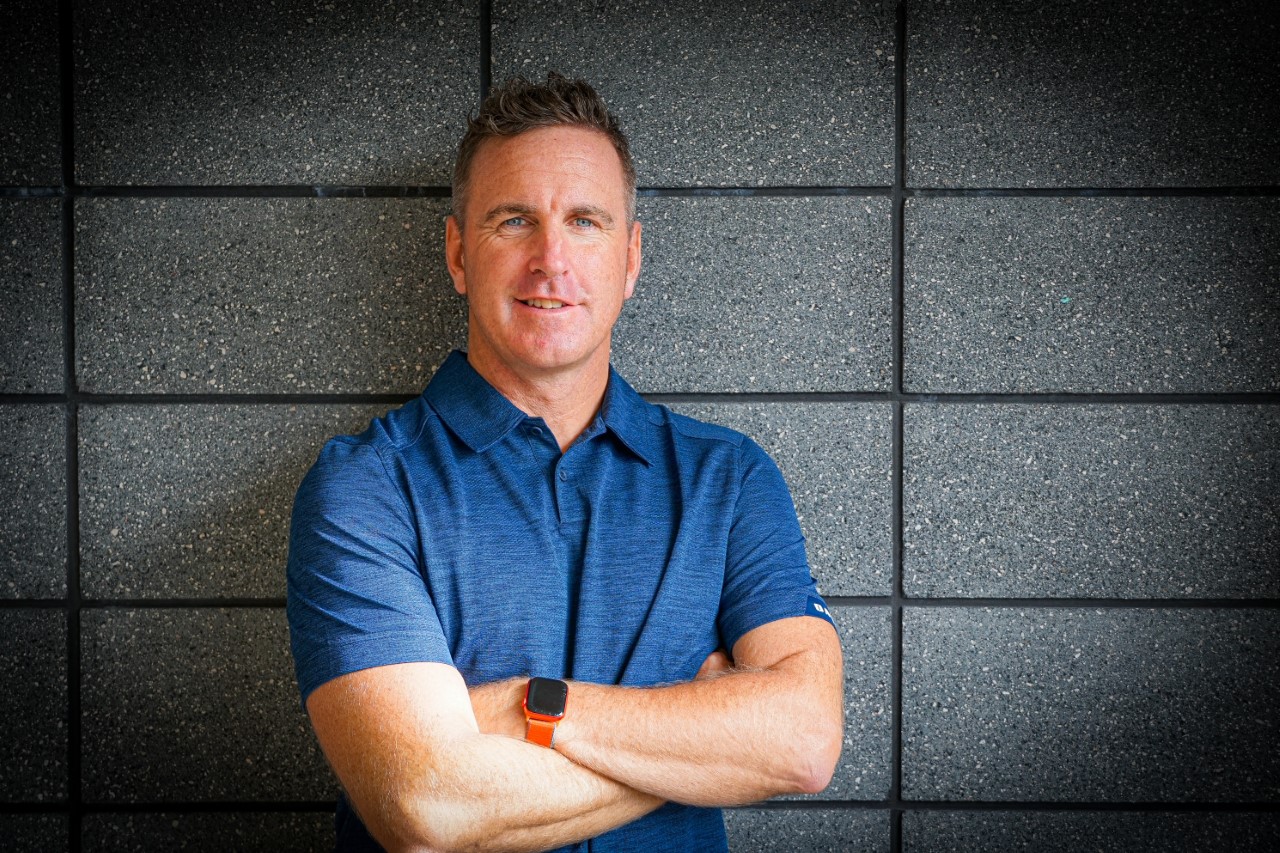
Paul Newsome
In our recent interview with iconic swim coach and force of nature, Paul Newsome, we discussed the many ways in which he helps swimmers to dig deeper, refine their technique and generally improve speed and efficiency. Newsome speaks from a place of experience as a decorated marathon swimmer who's hit open water around the world in a variety of gruelling events and gut-curdling conditions. Recounting some of these experiences, Newsome would likely mention the English Channel (in 2011) and his first-place finish during the 48-km invitational Manhattan Island event.
He also founded the company Swim Smooth back in 2004 and has taken his coaching methodology to prolific governing bodies like British Triathlon and the International Triathlon Union. Then he co-authored the popular 'Swim Smooth' training book, packed with methods and techniques used as a trusty handbook by swimmers from calm, chlorinated lanes to the peaks and troughs of wind-tossed seas.
One quote stuck in our minds, when we spoke to Paul from his home Perth, Western Australia. We asked about the common transition from pool to open water and how he teaches swimmers to overcome those early fears:
"One of the most important things is empathy," said Paul, "Believe it or not, I've been swimming competitively since I was 7 and didn't try open water swimming until I was 16. While that still sounds quite young the primary reason I didn't get into it earlier was because I was really fearful of deep open water. For me, I actually went and did a PADI diving course in Thailand when I was 23, which helped me get over that fear. Everyone has a different trigger. For me, it's deep water when it's crystal clear and you can see all the way down to the bottom. So, it's a little like a vertigo thing. If it's really murky I don't mind that at all. If it's clear my imagination runs wild, basically. It's working out what those triggers are."
"One of the most important things is empathy... it's working out what those triggers are."
"When you're swimming in the UK lakes and river, things like weeds touching your feet can really put people off. The biggest thing people tend to do when anxious is hold onto their breath. That exacerbates that feeling of anxiety further. It almost goes back to what I said about exhalation in the water. If you can get someone to exhale and focus on the bubbles in the water it's a really good way to distract them from the fear and anxiety. Bring them back to a nice centred place. Breathe-bubble-bubble-breathe is the mantra!"
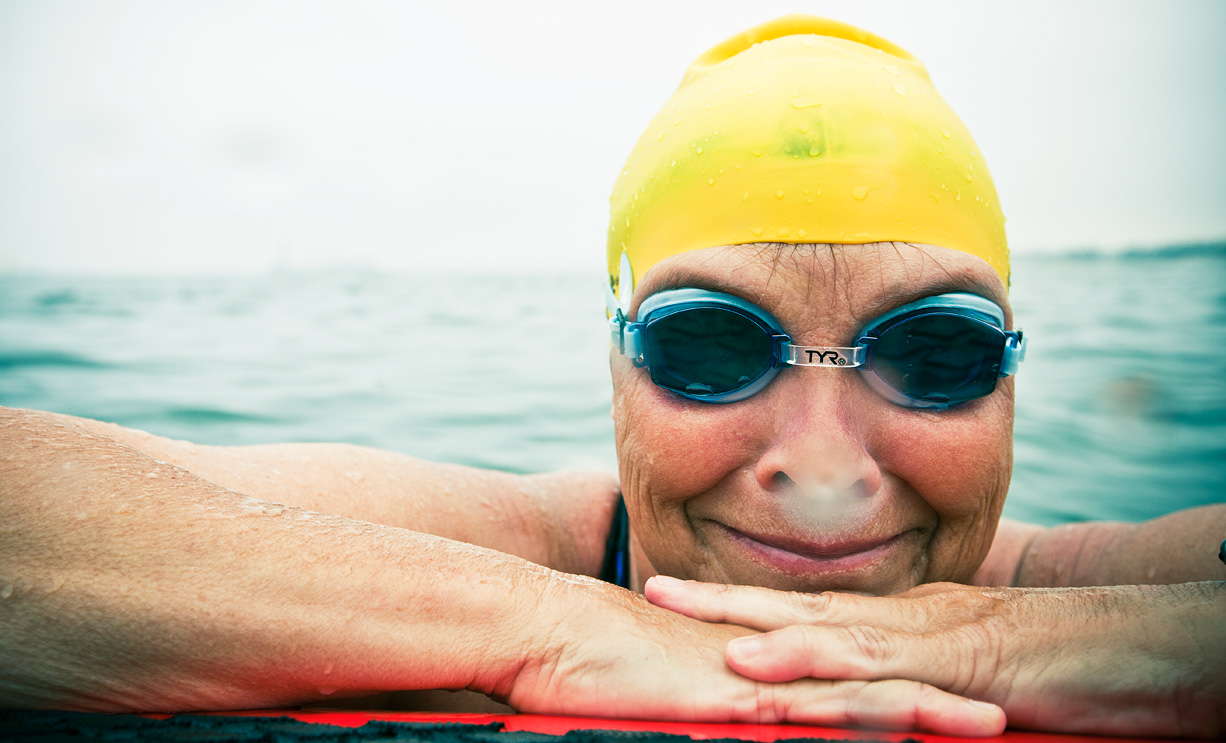
Lynne Cox
Last up on our short list (there are literally hundreds more names we could've added), we've got the Queen of the Ice Swimmers. Not many can claim they've been mentioned in a quote by Mikhail Gorbachev*, or that an asteroid has been named in their honour - currently swimming up there somewhere in the abyss of space. Lynne Cox is an absolute legend among swimmers and one of the most accomplished endurance athletes in history. Inured to open water off Seal Beach, California, Cox became something of a child prodigy as she threaded through waves and battled the salty chop. In 1971, she swam a teenage tandem crossing of the Catalina Channel in 12 hours and 34 minutes. Aged just 15, she went on to swim the 33.5 km English Channel in a phenomenal 9 hours and 57 minutes. Then, over a decade later in life (in 1987), Cox swam her historic Cold War swim, across the Bering Strait from the Alaskan island of Little Diomede into Soviet waters and onto the dry land of Big Diomede. The swim took 2 hours and 6 minutes and the sea temperature averaged about 4C.
Notwithstanding all this epic material, our favourite story of Cox's occurred when she was 17 - the one in which an 18-foot gray whale calf joined an early training swim in California. Separated from its mother, the whale surfaced in the pre-dawn dark and swam with Cox beyond the breakers.
In her book about this encounter (Grayson/The Day The Whale Came) - on why she stayed and waited until calf and mother were reunited - Cox wrote:
'The waiting is as important as doing; it's the time you spent training and the rest in between; it's painting the subject and the space in between; it's the reading and the thinking about what you've read... what is said, what is left unsaid, the space between the thoughts on the page, that makes the story, and it's the space between the notes, the intervals between fast and slow, that makes the music. It's the love of being together, the spacing, the tension of being apart, that brings you back together...'
Later in this fantastic book, Cox when on to say:
'I believe that each of us has a purpose for being here, that we have certain gifts and certain challenges we need to learn from and fulfil for our lives to have meaning and richness.'
'The waiting is as important as doing... I believe that each of us has a purpose for being here, that we have certain gifts and certain challenges we need to learn from and fulfil for our lives to have meaning and richness.'
*In reference to her swim across the Bering Strait, Reagan and Gorbachev toasted Cox and the Secretary General of the Soviet Union apparently said - 'She proved by her courage how close to each other our peoples live.'
We want to know what inspires YOU to swim in open water! Let us know in the comments section below...











